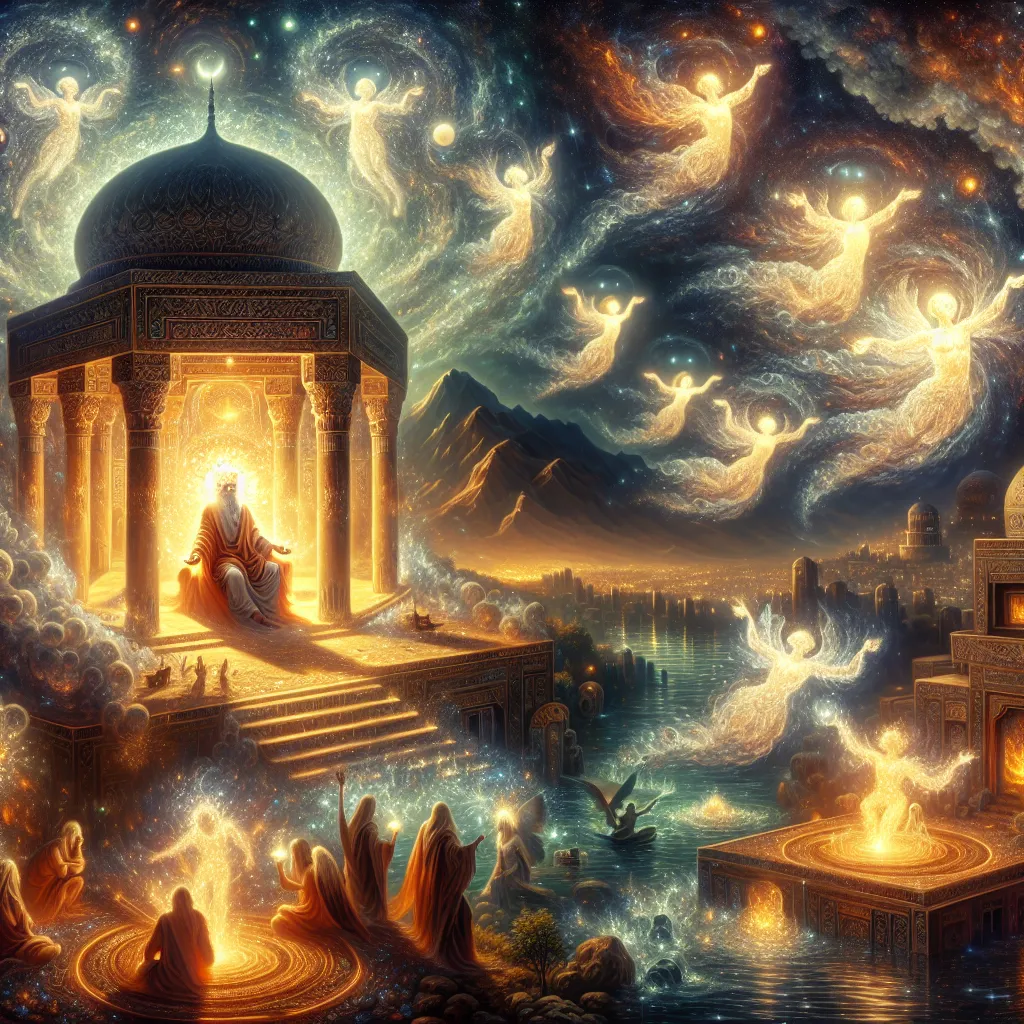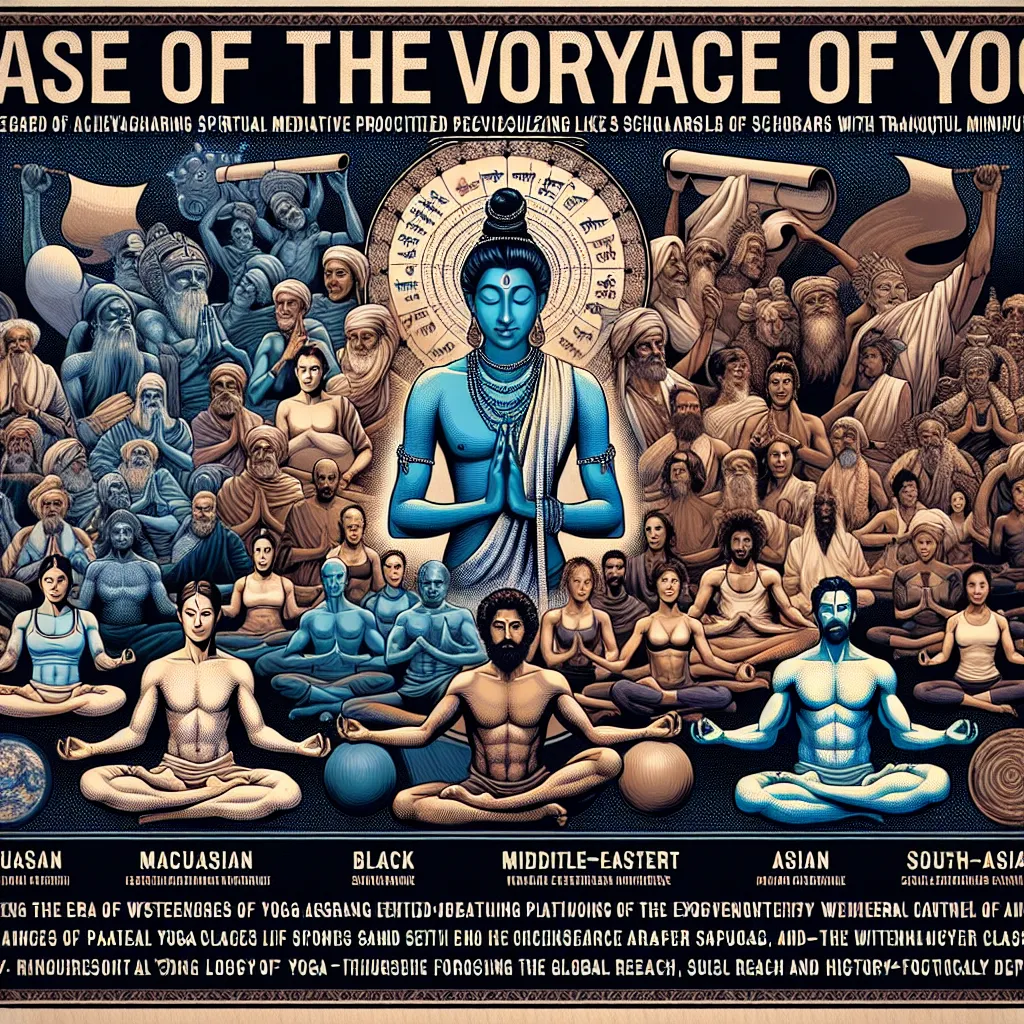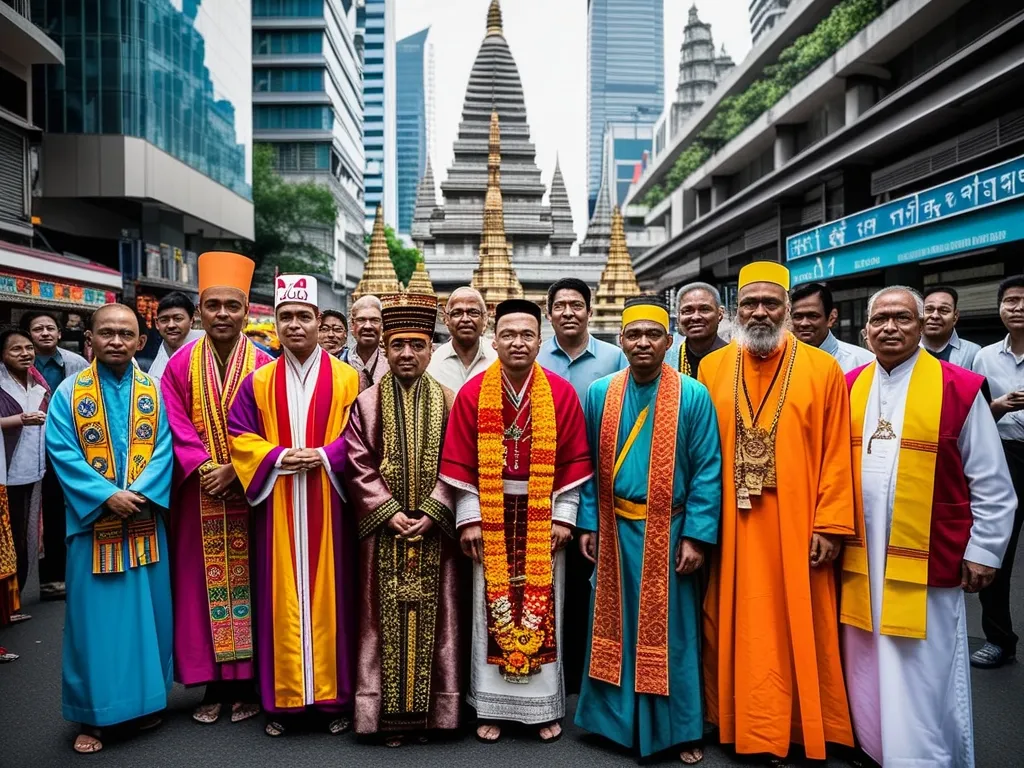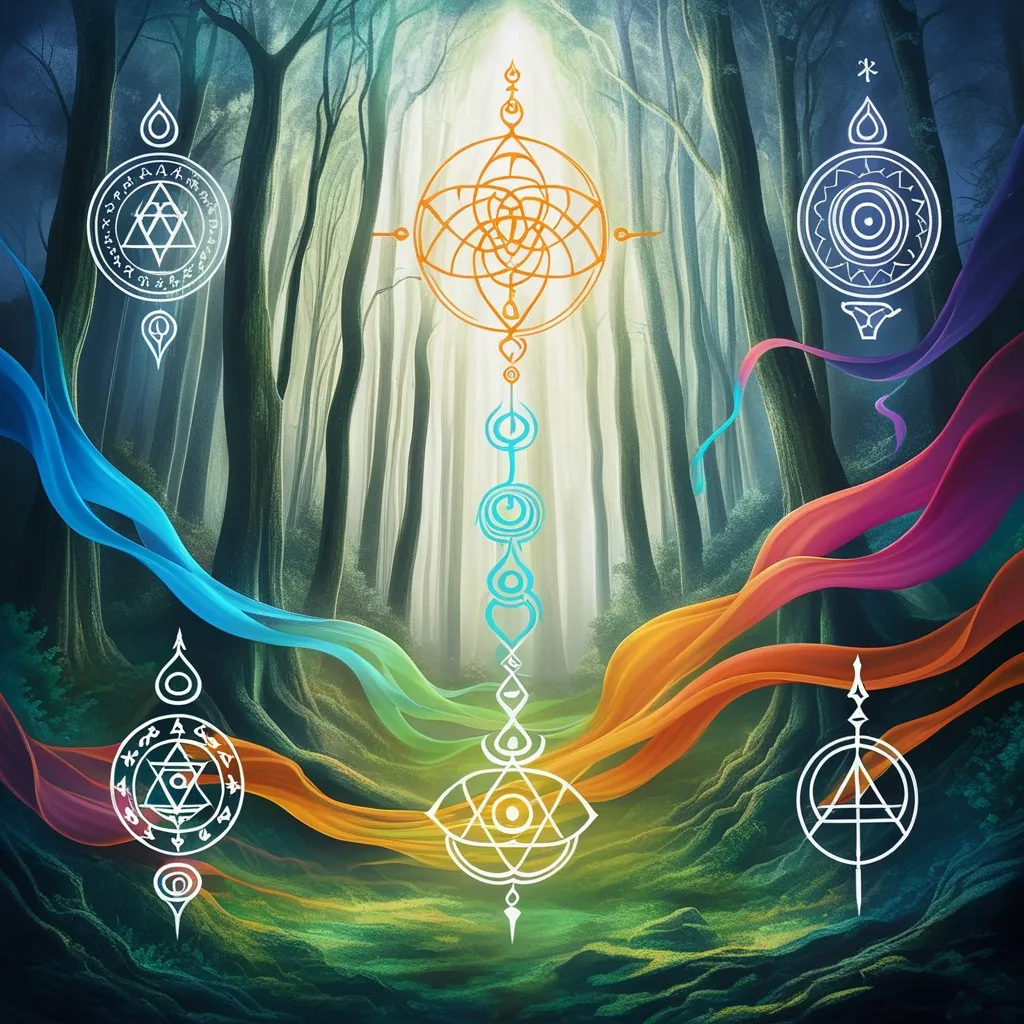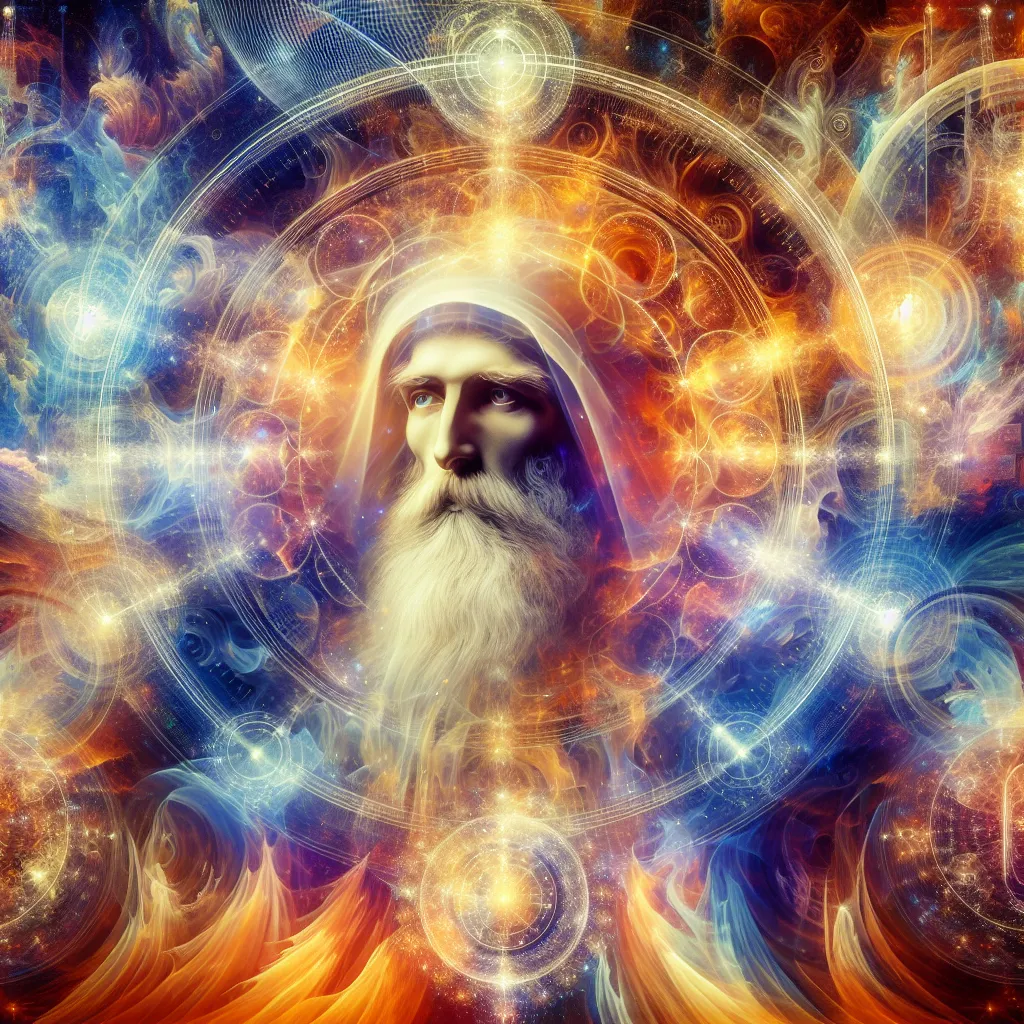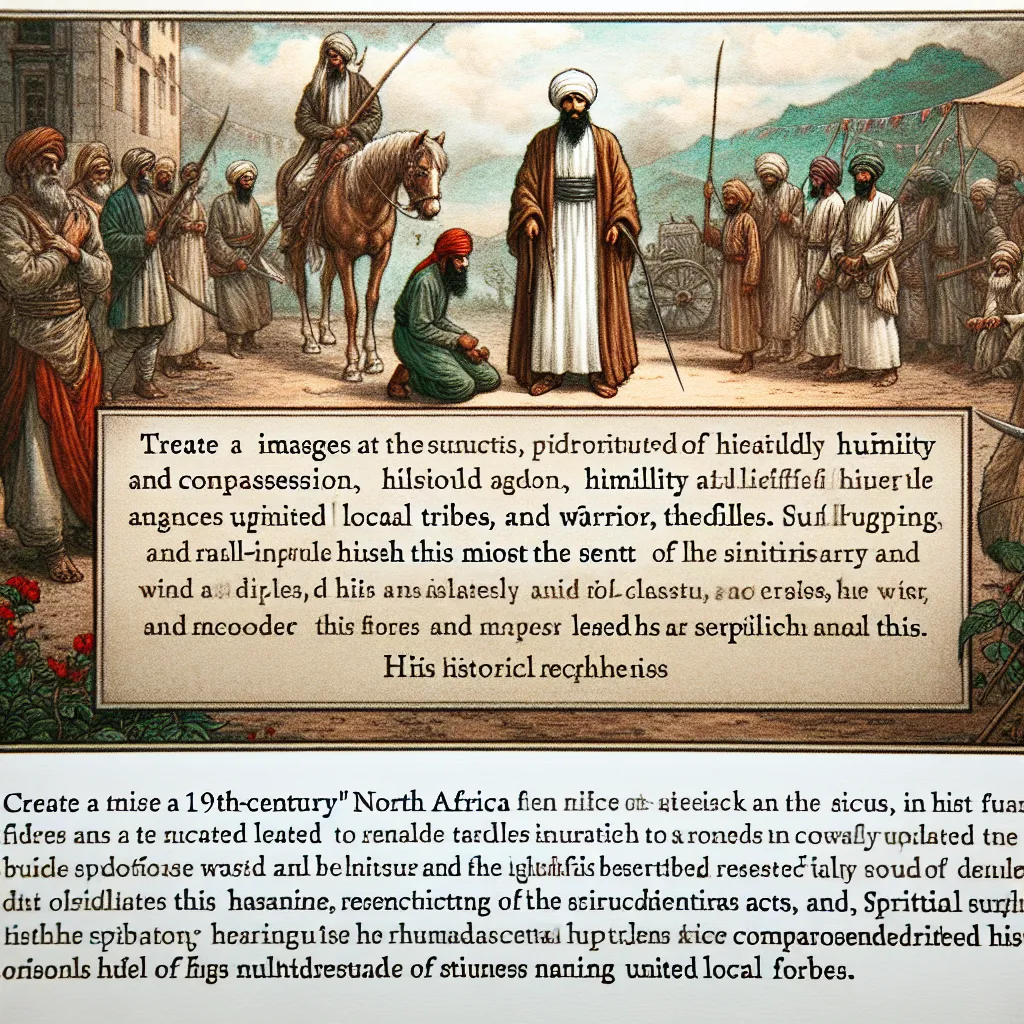Zoroastrianism often flies under the radar when it comes to well-known religions. You might know it as the faith Freddie Mercury belonged to, but it holds a much bigger historical significance. This ancient religion originated in what we now call Iran, specifically in the historic region of Persia, and was founded by the prophet Zarathustra, or Zoroaster to the Greeks.
Pinning down exactly when Zarathustra lived is tricky, with scholars placing his life anywhere between 1400 to 800 BCE. Before his teachings, Persian religious practices were a blend of polytheism and paganism, similar to the Vedic traditions in India. These early Persian deities, tied to natural elements and abstract concepts, included gods similar to those in Hinduism and other Indian religions.
Zarathustra himself grew up within this priestly tradition. Disheartened by the violence and injustice around him, he sought wisdom and truth. His quest dramatically changed during a spring festival when he had a vision of the god Ahura Mazda, accompanied by six other radiant beings. This revelation formed the foundation of his teachings.
Ahura Mazda, already known in the Persian pantheon, was now seen as the one eternal god, the creator of all good things. Opposing Ahura Mazda was Angra Mainyu, the spirit of evil. Zarathustra’s vision introduced a dualistic view of the world, framing life as a battle between good (Asha) and evil (Druj).
Zarathustra left behind the Gathas, hymns that are among the most sacred texts for Zoroastrians, forming part of the larger Avesta collection. His teachings emphasize the core principle of good thoughts, good words, and good deeds. This ethical focus extended to the afterlife, where individuals are judged based on their life’s actions, a revolutionary idea for its time.
Zoroastrian cosmology divides creation into three phases: creation, mixture, and separation. Currently, we live in the “mixture” phase, where good and evil coexist. The ultimate goal is to expel evil, leading to a final phase where good triumphs and creation is restored to its ideal state.
Fire plays a significant role in Zoroastrian rituals, symbolizing purity and divine wisdom. The faith also places great importance on ritual cleanliness and purity. This emphasis on purity is reflected in practices like the unique funerary rites, where bodies are left to be consumed by nature, preventing the contamination of the elements.
Zoroastrianism celebrates seven yearly festivals, each dedicated to one of the six divine beings or to fire. The most notable festival is Nowruz, the Persian New Year, which marks the spring equinox and symbolizes the victory of light over darkness.
Historically, Zoroastrianism became widely recognized during the Achaemenid Empire and remained influential until the advent of Islam. Despite periods of persecution, Zoroastrians were sometimes categorized as “people of the book” and given certain protections under Muslim rule.
Today, Zoroastrianism faces declining numbers, with an estimated global population of slightly over 100,000. Most Zoroastrians live in India or Iran, with diaspora communities in North America and the UK. The future of this ancient religion is uncertain, but its impact on world heritage remains significant.
Whether Zoroastrianism is monotheistic or dualistic is still debated, but its unique blend of traditions has undeniably influenced major world religions, including Judaism, Christianity, and Islam. Understanding and preserving this rich tradition is crucial, as its teachings continue to echo through the ages. Let’s keep the conversation going—what do you think about Zoroastrianism’s future and its theological roots?
